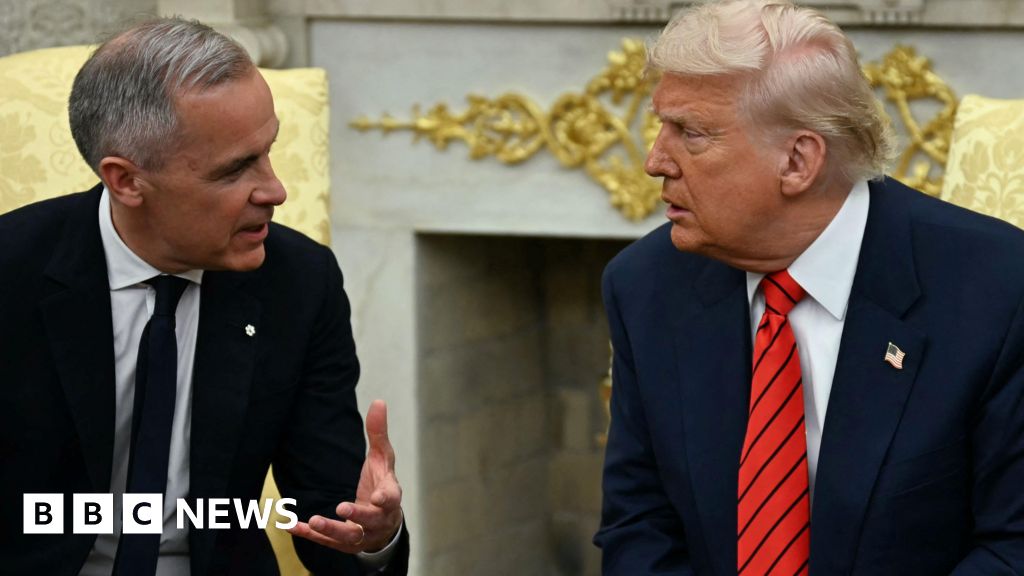When I started in my role as human resources director at Cempa Community Care in August 2020, the organization had begun to gain some serious traction after a significant rebrand—so significant, we actually changed our name—and because of that, we were in a rapid growth phase. At that time, our organization was about to turn 35 years old, and the ways in which it had evolved since its founding were truly extraordinary.
Cempa was founded in 1986 as Chattanooga CARES (Council on AIDS Resources, Education and Support) during the height of the HIV/AIDS epidemic. But by the time I came on board, Cempa had expanded its reach and offerings to provide so much more; in fact, at the time of my hire, we were providing free COVID-19 testing and vaccinations at numerous sites across our region. That in itself was an HR challenge—ensuring our employees felt safe and protected as they worked to deliver services for a public health emergency no one had previous experience with. It was an interesting time to join the organization, that’s for sure!
“Cempa” means “champion” in Old English, and that’s exactly what we set out to do each day: to serve as champions for those in our community who need easy access to healthcare and wellness support services. In 2020, that meant providing access to COVID-19 testing and vaccinations. The following year, we opened our first community pharmacy. In 2023, we opened a walk-in clinic and our first-ever dental clinic. Suffice it to say, we’ve had a lot going on since my first day in the midst of the COVID-19 pandemic.
As an HR professional, you’re probably already thinking it: With all this positive momentum comes change—and with change comes challenge. Expanding our services means expanding our headcount, tapping into new talent pools, serving new clients/communities … the list goes on. None of it has been easy. But for our clients to trust our organization, our team has to enjoy the work they do. And to enjoy their work, preserving and continuously enhancing our company culture has to stay top of mind for leadership.
Today, I’d like to share a few learnings from how Cempa has tackled the culture challenges inherent during phases of rapid growth, which has ensured we’re able to carry out our mission with confidence every day.
As simple as it sounds, I’d be remiss to leave talking to your team off my list. If you’re not asking specific questions about how things are going as you navigate change, you may be missing out on feedback that could help you stay ahead of issues and prevent turnover. Additionally, if you’re not giving your team an avenue to share critical feedback, there’s a good chance it can start to bubble up among peers—and problems voiced to people who can’t solve them only lead to more problems.
2. Be honest/transparent
At Cempa, we know that for our team to be honest with us, we have to be honest with our team. If leadership hears of an issue, we make sure to communicate how we’re going to solve it. If a solution to a companywide challenge isn’t working as well as we anticipated, we’ll admit that and share a game plan for improvements. The key here isn’t to have all the answers immediately; it’s to approach your team members with transparency and humility, which ultimately builds mutual trust and respect.
3. Create avenues for advocacy
Even when you’re proactively working to build a culture of transparency and openness, you know that some team members may be less likely to share their feelings; this may be because they’ve had bad experiences with previous employers or because some personality types just don’t feel comfortable coming forward with issues. So, making sure you provide numerous avenues for feedback conversations is critical.
At Cempa, we’ve created a Culture Committee whose members are dedicated to relaying feedback from their teammates to our leadership team. With an appointed representative in each department, the committee focuses on ensuring every voice in the organization is heard.
4. Consult with external partners
Just as it can be difficult to convince team members who’ve been treated poorly in the past that they’re safe to share anything and everything they’re dealing with, it can be difficult for leadership to approach certain challenges from an objective vantage point. This can be especially true in situations where you’ve worked to implement a solution that just doesn’t seem to be working. If after your best efforts, you’re still not seeing the results you’d like, it may be a good idea to consult with an external partner.
These folks can help you see past your own internal blinders and likely have experience solving similar challenges for other organizations. Whether they conduct focus groups or individual interviews, you’ll likely glean information you otherwise wouldn’t, as your team may feel more comfortable talking anonymously with an outside vendor than they would with a manager. Remember: It isn’t a sign of weakness or incompetence to admit when you need additional expertise.
How we know it’s working
These efforts mean nothing if we have no evidence of their effectiveness, right? Over the past five years since our organization rebranded, we’ve achieved some truly remarkable milestones that I’d like to highlight. Here are some ways to track effectiveness:
- Awards: Cempa has earned a wide range of awards and accolades including this year’s Latino Community Champion Award from La Paz Chattanooga, and the Champions of Health Care and Group Diversity & Inclusion Award from Edge Magazine. Last year, we were named Nonprofit of the Year by Chattanooga Area Chamber of Commerce, 2022 and included on Edge Magazine‘s Best Places to Work list.
- Retention/promotion: We know that providing avenues for career growth and advancement are critical to a well-rounded culture, and we have some interesting stats supporting our commitment to these efforts. For instance, 20% of our current team members have been with Cempa for five years or longer, and 28% of our current team members have had at least one promotion during their tenure. Two current employees were converted from part-time to full-time employment within the last year, while three current employees who either job shadowed or interned at Cempa were hired after graduation.
See also: How institutionalizing talent strategies helps to future-proof businesses
It’s not the destination, it’s the journey
The most important thing to remember about creating a culture you’re proud of is that the work is never done. While I’m proud of the awards and achievements I shared, I know that with every new day comes new opportunities—for wins, for failures, for problem resolution. For me, it means that every day is a chance to get it right. To make it better. For our team, approaching culture as an ongoing, ever-evolving project means they know any time is a great time to come forward with ideas to improve our organization.
As you kick off new culture initiatives within your organization, I challenge you to approach them not as a destination, but as a journey. Be present in the progress along the way, and be ready to chart a new course if you don’t wind up where you expected—or even if you do. There’s always going to be something you can improve, and making sure your culture sees room for improvement as an opportunity and not a failure will do wonders for your organization and its culture as a whole.
Credit: Source link











